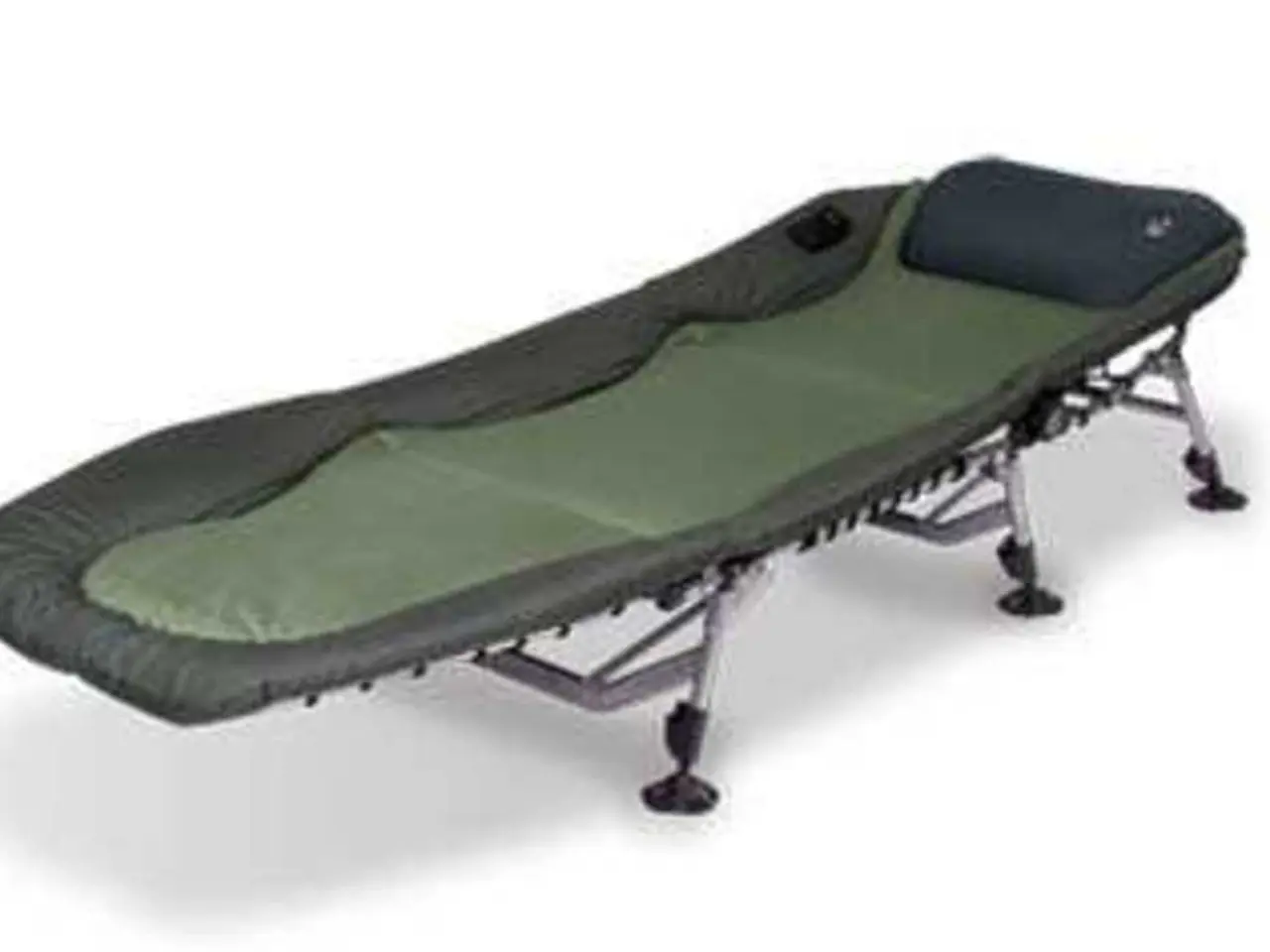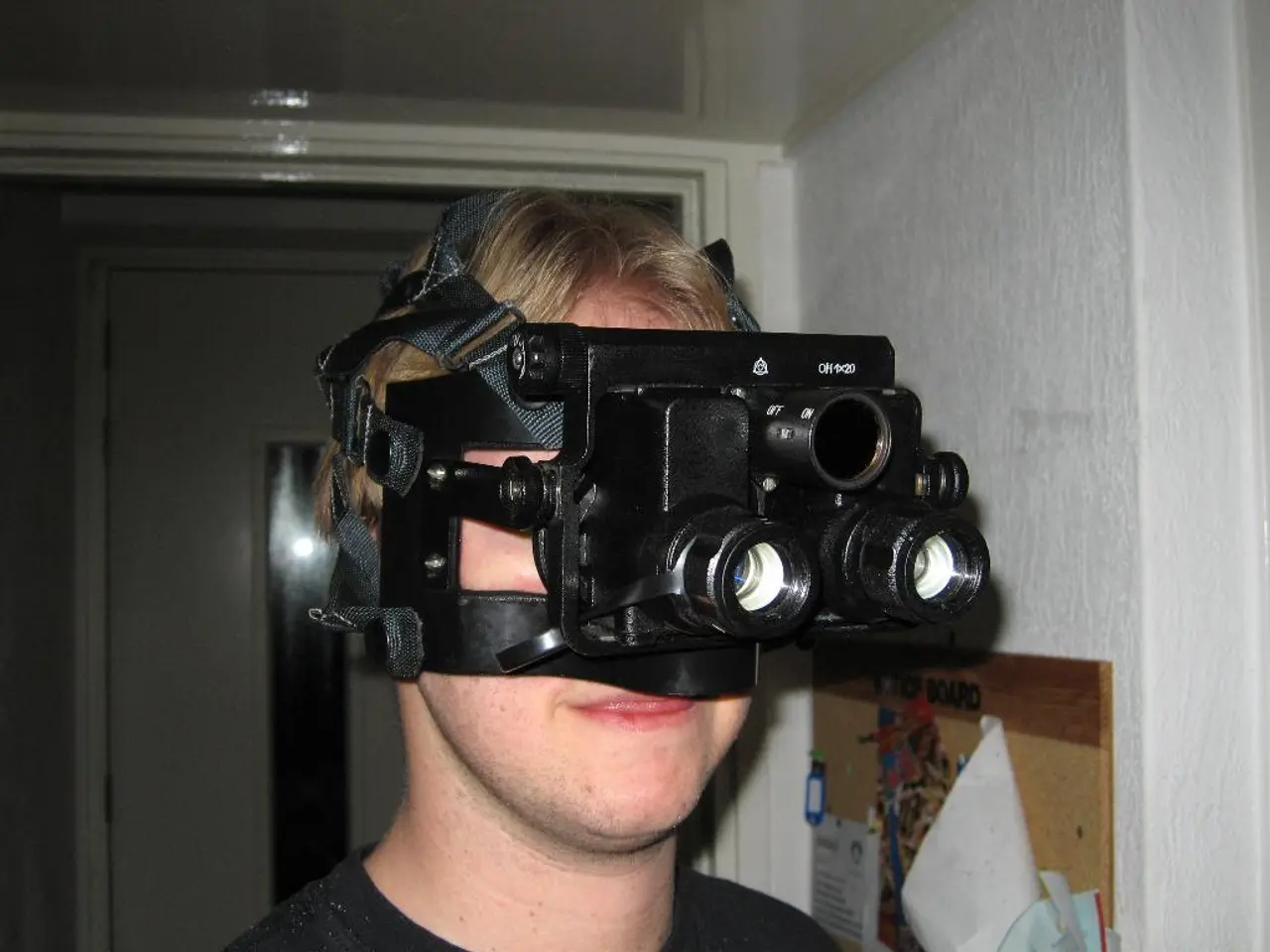Strengthening Exercises for Knees: Exploring Six Options and Key Pitfalls to Steer Clear Of
In a bid to alleviate knee pain and support joint health, the Arthritis Foundation has outlined a series of exercises that focus on strengthening the muscles around the knee. These exercises are gentle, low-impact, and designed to improve muscle strength, joint stability, and range of motion, which can help reduce knee pain associated with arthritis and other conditions.
One of the key exercises for quadriceps strengthening is the sit-to-stand. This involves repeatedly sitting down and standing up from a chair without using arms, building thigh strength. Another exercise is mini squats, where one uses a chair for balance, squatting down to about 45 degrees with knees bent and back straight. The inner range quadriceps exercise, lying down with a towel under the knee, straightening the knee and holding for several seconds, is also recommended.
Knee flexion and extension exercises, performed while lying on one's back, involve slowly bending and straightening the knee through a comfortable range. Calf strengthening can be achieved through heel raises, lifting onto tiptoes and lowering back down, while step-ups build strength by stepping onto and off a step, alternating leading legs.
Hip and glute strengthening exercises include the clam exercise, where one lies on their side with knees bent, lifting the top knee up without rotating the pelvis, and standing hip abductions, raising one leg to the side to strengthen hip muscles and improve knee stability.
Warm-up and cool-down are essential, with gentle walking before and after exercises to increase circulation and protect muscles. Swimming and water therapy are also recommended as they provide resistance without joint strain.
Other exercises include the standing hamstring stretch, leg lifts, wall squats, leg extensions, and single-leg dips. It's important to perform these exercises correctly to avoid injury. For instance, when performing leg lifts, one should not let the back arch or jerk or bounce the leg. During wall squats, one should not squat too low or use fast, jerky movements, and avoid letting the knees go over the toes.
When performing single-leg dips, one should not lean backward or allow the knee to move forward over the toes in the supporting leg. Standing with knees only 1-2 inches apart, one can perform a knee bend behind the body, lifting the heel off the floor while keeping thighs aligned, reaching a 90-degree angle, and holding for 5 seconds before lowering.
However, people with osteoporosis or a back compression fracture should not perform leg lifts. It's always advisable to consult with a healthcare professional before starting any new exercise regimen.
In summary, a combination of quadriceps strengthening, gentle knee movements, calf raises, step-ups, and hip exercises are recommended by the Arthritis Foundation to relieve knee pain and support the knee joint effectively. [1][2][3][4]
- The predictive science of health-and-wellness recommends that type 2 diabetes patients also focus on exercises like the sit-to-stand and mini squats for musclepain, particularly in the backpain area, as they strengthen the muscles around the knee, which might indirectly aid in managing diabetes-associated joint issues.
- In the realm of fitness-and-exercise and health-and-wellness, the inner range quadriceps exercise, often used for knee pain, could potentially have benefits for people with diabetes by enhancing the health and stability of the knee joint.
- Aq, or aquatic exercise, can be a beneficial addition to the health-and-wellness routine for diabetes patients, as swimming and water therapy offer resistance training without strain on joints like the knee, which could help alleviate musclepain associated with backpain caused by diabetes.
- As part of a comprehensive health-and-wellness and fitness-and-exercise regimen for diabetes patients, wall squats, leg extensions, and single-leg dips, when performed correctly, could help reduce musclepain and improve joint health in various areas, including the knee, leading to a more active and healthier life overall.




